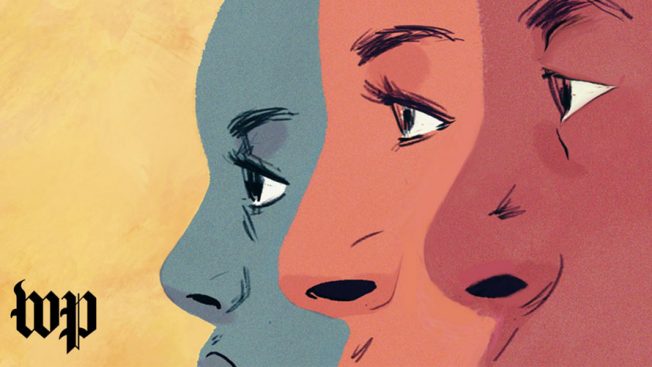Biracial people living in America and in our community experience a unique lifestyle, from facing assumptions, to navigating parents of different races, and reacting to how the media portrays their experiences.
Jada Roper, a senior who currently attends Milpitas Middle College High School, is African American and white. Most of her childhood as a biracial person was normal, she said.
“There were some things that people thought were okay to do. People would touch my hair,” Roper said.
One common misconception is that she is half Black and half white, which is not true, Roper said. When people assume you are multiracial, they usually believe you are half of two races, she said. This gave people a sense of entitlement when it came to excluding her from being one full race, she added.
“No one looks at you as though you’re full Black in the Black community, but from everywhere else you are,” Roper said.
“People will approach you because of your skin color rather than just their attraction to you,” Roper said. She said her mixed race is fetishized in relationships. She said she is not completely sure why someone is attracted to her, and she questions, “is it because they are attracted to me, or is it because they are attracted to the fact that I’m mixed?”
Moreover, biracial people tend to identify with the race they physically look like, Roper said.
“I’m more connected to my Black side, because I don’t look white,” Roper said. At the end of the day, I’m going to be seen as a Black person. I’m going to experience the struggles that a Black person has. So that’s my culture, that’s what I identify with.”
Senior Elle Leabres, who is Chinese, Filipino, Dutch, and Indonesian, said he doesn’t look very “Asian” and identifies more with his white side. Furthermore, he believes the media sheds light on different perspectives of the biracial experience, he said.
“I think media shows biracial people in very different lights, depending on the person because each experience is different,” Leabres said.
Roper, however, said that the media’s representation of biracial people is dramatized, using the Netflix show “Ginny and Georgia” as an example.
“I think TV shows love to make it like this huge battle between white and black, and it’s really not that serious.” Roper said. The media portrays biracial woman as overly attractive and alluring, which as a whole is no the best for people, she said.
Freshman Jennifer Rokita, Chinese and white, said that she has never felt out of place as a biracial person.
“I don’t think anyone really cares,” Rokita said. She does not resonate or identify more with either of her races and overall feels accepted in her community, she added.
“I think there is a lot of different a lot of diversity here. And I feel like everyone is included, no matter their race, gender, background, sexuality, etc.” Leabres said about MHS.

